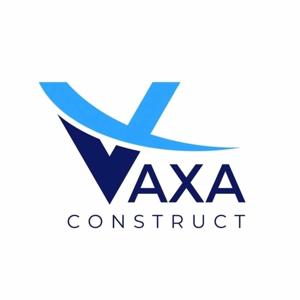Accessibility is no longer an afterthought in commercial construction—it’s a fundamental requirement. The Americans with Disabilities Act (ADA) sets clear standards for creating spaces that are safe, inclusive, and usable for everyone, regardless of physical ability. For a Commercial Construction Company in NJ, ensuring ADA compliance is not only a legal obligation but also a reflection of commitment to social responsibility and long-term building value.
When working on large projects such as office complexes, retail centers, or public facilities, construction firms must integrate accessibility into every stage—from planning and design to execution and final inspections.
1. Integrating Accessibility in the Design Phase
The foundation of ADA compliance begins with careful design. Architects and engineers collaborate with construction firms to ensure that all spaces meet accessibility standards. This includes:
Designing accessible entrances with ramps or automatic doors.
Incorporating clear pathways free of obstacles.
Planning restrooms with proper dimensions for wheelchair maneuverability.
Ensuring elevators and vertical transportation meet ADA guidelines.
By addressing accessibility early, costly redesigns or retrofits can be avoided later in the project.
2. Compliance with ADA Standards
Construction firms must follow the ADA Standards for Accessible Design, which provide detailed guidelines on measurements, slopes, signage, and usability. For example:
Doorways must have a minimum clear width of 32 inches.
Ramps require slopes of no more than 1:12.
Parking lots must include designated accessible spaces with proper signage.
Adhering to these technical standards ensures that the finished project is both legally compliant and user-friendly.
3. Accessible Technology Integration
Modern accessibility goes beyond physical construction. Many large projects now incorporate assistive technologies such as tactile floor indicators, audible elevator signals, and digital wayfinding systems that support visually or hearing-impaired individuals. Construction firms coordinate with technology providers to ensure seamless integration during the build phase.
4. Regular Site Inspections and Quality Checks
Throughout construction, project managers conduct site inspections to verify that accessibility features are being installed correctly. This proactive approach prevents compliance issues from being overlooked and ensures every detail—from ramp gradient to restroom fixtures—meets ADA standards.
5. Collaboration with Accessibility Consultants
For complex projects, many firms work with ADA consultants or accessibility specialists who review designs, inspect construction progress, and confirm compliance before project completion. Their expertise reduces risk and guarantees that the building is welcoming to all occupants.
6. Long-Term Benefits of ADA Compliance
Beyond avoiding legal penalties, ADA compliance enhances a building’s marketability and tenant appeal. Accessible properties attract a wider range of users, improve brand reputation, and increase property value. For owners and developers, ensuring accessibility is both a moral responsibility and a smart investment in long-term success.
Conclusion
Ensuring ADA accessibility in large commercial projects requires careful planning, precise execution, and collaboration across teams. By integrating compliance into design, conducting regular inspections, and adopting modern accessibility solutions, construction firms create spaces that are truly inclusive.
At Vaxa Construct, a leading Commercial Construction Company in NJ, we prioritize accessibility in every project we deliver. Our approach ensures buildings not only meet ADA standards but also provide safe, comfortable, and inclusive environments for all occupants.




Write a comment ...